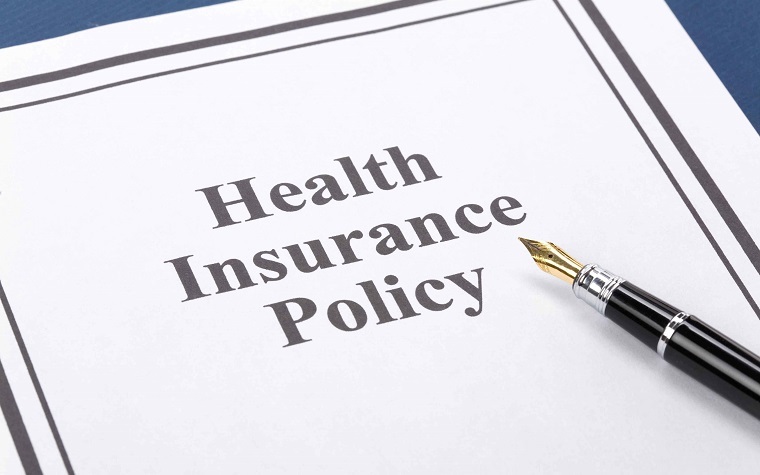
The American Heart Association (AHA) recently released a statement about the new bundled payment models for cardiac care, which the Department of Health and Human Services (HHS) recently announced.
The AHA thinks the new payment models could benefit cardiac patients.
"As an organization dedicated to reducing disability and death from cardiovascular diseases, we believe that the movement towards value-based payment models may be a way to incentivize high-quality, evidence-based care for patients,” Dr. Steven House, president of the AHA, said. “In the case of cardiac rehabilitation (CR), the evidence for patient benefit could not be clearer: CR reduces the risk of a future cardiac event, reduces hospital readmissions and improves a patient's overall quality of life.”
The new payment models could open important treatments and cardiac rehabilitation to more patients.
“Unfortunately, we also know that CR remains greatly underutilized among eligible patients,” Houser said. “We believe the proposed Cardiac Rehabilitation Incentive Payment Model could be a significant step in the right direction to overcome this challenge by incentivizing providers to coordinate CR and ensuring that eligible patients have access to, participate in and adhere to evidence-based CR treatment plans.”
The AHA anticipates positive results from this change, which could help countless cardiac patients throughout the U.S.
“We look forward to further reviewing the details of the proposed CR Incentive Payment Model, and we are committed to working with HHS in the design and testing of this new approach for cardiac rehabilitation,” Houser said. “The association is also reviewing the other bundled payment models for cardiac care. We applaud HHS for their leadership in exploring these and other innovative approaches that have the potential to improve the health outcomes and lives of patients with cardiovascular disease."